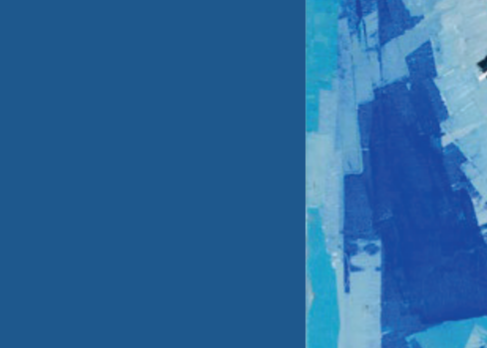Articles/Essays – Volume 51, No. 3
Roundtable: The Black Cain in White Garments
I talked to my grandmother the other day. Though age beats upon her brow and three scores and ten asks remembrance of her body, her mind slips into repetition and comments about doing right and trusting in God, and not having taken an aspirin in twenty years. She remembers the fields.
“We lived on white’s man land,” she said: “We spent our days sharecropping on his land. Those were hard days. Sometimes we were overworked to exhaustion. But Papa never let us miss school. No matter how many crops we had to picked, we went to school. We would walk eight miles there and eight miles back. The white children passed by and laughed, but we kept walking. Sometimes it would just be me and three other students in the classroom during harvesting season. The fields and school. We first went to school and then to the fields.”
The complexities of being Mormon (LDS) and African American are so far-reaching that it’s often difficult to articulate. In a Church that boasts fifteen million members worldwide, one may ask “Why?” Well, my Blackness has been a direct opposition to a church that has distanced itself from that Blackness in order to reclaim whiteness. W. Paul Reeve, a Mormon historian, stated in his book, Religion of a Different Color: Race and the Mormon Struggle for Whiteness, that the LDS Church reshaped its identity and gained acceptance from the American public by alienating Blackness almost completely. Though earlier Black men like Elijah Abel and Walker Lewis held the LDS priesthood and participated fully in LDS congregations, in later years, missionaries were banned from directly seeking African American investigators. Many Black and African cultural practices, such as Black religious art, music, and root work were taught as wicked traditions of fathers that lacked “inspiration” from God. Black members’ church participation was subsequently limited to being baptized, receiving confirmation, and taking the sacrament. The necessary ordinances of exaltation and other blessings, like sealings, endowments, and missions were denied only to Blacks of African descent in this attempt to reclaim whiteness.
The Church refused to grant the Black body whole recognition and divinity. To Nephi, I was not fair and delightsome. To Joseph, I was a violator of the most sacred principles of society, chastity, and virtue. To Brigham, I was Cain’s curse. To McConkie, I was an unfaithful spirit, a “fencesitter.” To you, I am colorless, my Blackness swallowed in that whiteness reclaimed, “a child of God.” Seemingly, I am invisible yet hyper-visible; for my body, although shaped and twisted into Mormonism’s image, will never fit properly in a culture that quickly vacuums spaces for Blackness. To be Black and LDS is to be Black first and LDS second, lest your identity is erased by “faith” and you become invisible and nonexistent.
Moreover, while conversations regarding Black bodies within a Mormon imagination often surround those bodies male and Black, there is a void of Black female voices. We must create space for and re-center conversations on Black LDS women. The priesthood ban should be labeled “the priesthood and temple ban.” The Church discarded Black women’s divinity and recognition, too, among LDS congregations, by denying temple access and blessings. Though many women remain nameless and faceless, in discussing bans and declarations, we must remember the Jane Manning Jameses, the Mary Francis Sturlaugsons, and the Alice Burches. These conversations must bleed into our present wards as we navigate the current racial and cultural tensions against the Sistas in Zion, the Janan Graham-Russells, and even the Melodie Jacksons.
On the cusp of the fortieth anniversary of the lifting of the priesthood and temple ban, we mustn’t neglect current racial strife and dissonance in our own spaces. We should recognize that Black members still struggle. I still struggle. We must go to school. We must learn our history. We must remember, if we are to labor in the fields “white already to harvest.”
My grandmother taught me repeatedly, “school first, then the fields.” The road is difficult. I am often jeered along the way, but I keep walking. Even if it’s just myself in the classroom of Mormon historical truth, I remain. I am on white man’s land and am frequently overworked to exhaustion. Some days are hard. But, my Heavenly Father, my ancestors, my grandmother, Jane Manning James won’t let me miss school. I must seek first to obtain the word before I can work in God’s field. My hope is that we wander no longer in the wilderness of denial, racism, and silence for another forty years. Like Jane Manning James painstakingly wondered, “Is there no blessing for me?” Zion’s blessings will come only when Black members are visible, acknowledged, heard, and truly unbanned from within LDS congregations.


 Back to full Issue
Back to full Issue

